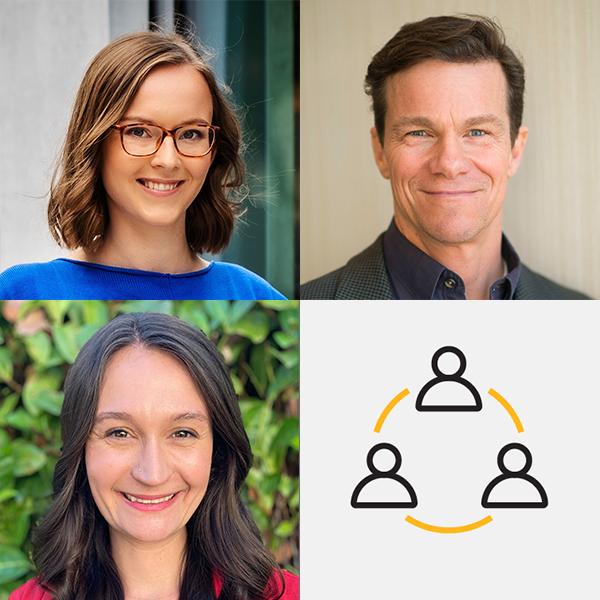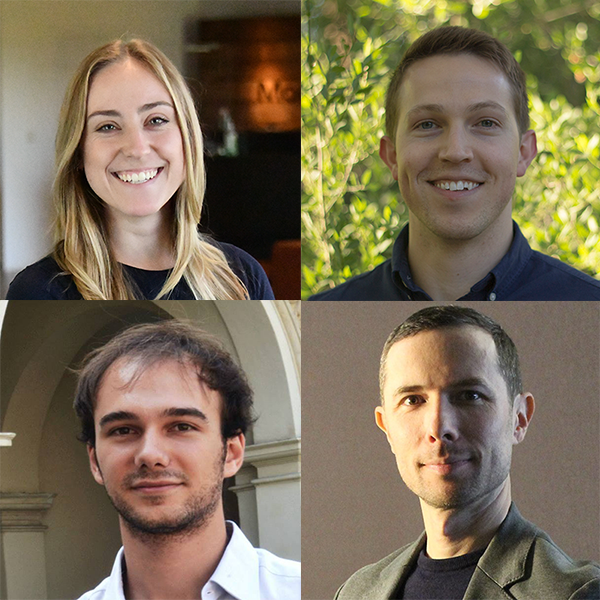What are you and your company doing to help reduce embodied carbon emissions?
Amy Seif Hattan
Vice President for Corporate Responsibility, Thornton Tomasetti
As Corporate Responsibility Officer, my role involves helping to advance sustainable design into all our disciplines at my firm. Historically, sustainable design and climate change has been a focus for architects, but not for structural engineers. Since the majority of professionals at my firm are structural engineers, I’ve been very excited for the potential of embodied carbon reduction to bring sustainable design to structural engineers, since the majority of embodied carbon in a building comes from its structural materials. My firm started to invest in this opportunity about eight years ago, when we joined the AIA 2030 Commitment and decided to meet its measurement requirement in an unique way – by measuring the embodied carbon in our projects rather than the predicted energy use intensity.
These years of data collection and analysis led to some wonderful partnerships for academic-industry research, first with MIT and then with the Carbon Leadership Forum. We’ve been interested in seeing more structural engineers doing this kind of measurement – as more data is needed for better understanding of embodied carbon benchmarks and targets. Towards this goal, we worked early on with the Carbon Leadership Forum, Ceres and others to launch a Climate Declaration for the building industry. We provided our data to the Carbon Leadership Forum’s Embodied Carbon Benchmark Study, and now that study serves as a point of comparison for engineers that are using our new Beacon tool to assess embodied carbon in their projects. And, we were part of the core team that came up with the Structural Engineers 2050 Commitment – which inspires other firms to measure the embodied carbon in their projects, as we’ve been doing over the years.
Within my firm, Thornton Tomasetti, we’ve caught the “embodied carbon bug” big-time. I co-lead our embodied carbon community of practice, which is in many ways like an internal embodied carbon network, with an ever-growing membership. Within the community, we have working groups that are tackling issues like specifications, education and resource development, tool development, assessments and calculations, and how we can support industry-wide efforts.
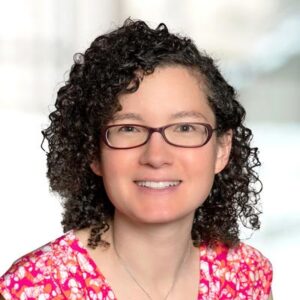
Amy Hattan
Wolfgang Werner
President & CEO, Urban Fabrick, Inc.
Urban Fabrick’s mission is to work toward a more sustainable version of our built environment. With the climate crisis being the defining challenge of our time, there is an urgent imperative to reduce carbon emissions tied to the way we design, build and operate buildings. We know that a focus on embodied carbon emissions must complement our ongoing focus on operational energy efficiency and associated operational emissions! Therefore, we made the strategic decisions several years ago to add Life Cycle Assessment (LCA) to our suite of services – as a key tool to be able to quantify embodied carbon impacts and devise design strategies to reduce them.
Currently we are engaged on several projects at the San Francisco Airport to perform LCAs. Embodied carbon reductions are a major plank of those projects’ broader sustainability strategy in support of the airport’s ambitious environmental agenda and its holistic approach to carbon.
We believe that in our 21st century age of the climate crisis, we can no longer afford to design buildings according to an outmoded 20th century design approach that produced so many low-performance buildings. Rather, we must be guided by science and data to be able to conceptualize and realize high-performance building outcomes in a variety of impact categories, and we are convinced that LCA will become an indispensable tool to do that.
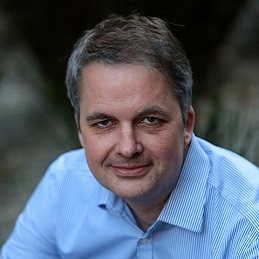
Wolfgang Werner
Victoria Herrero-Garcia
Sustainability Consultant, Daylight & WBLCA Analyst, Ambient Energy
As Ambient Energy’s Whole-Building Life-Cycle Assessment (WBLCA) expert, I assess design options and building materials to help teams optimize the design and select appropriate materials that will reduce the total embodied carbon and environmental impacts of their buildings. I do this by recommending embodied carbon thresholds for project material specifications, using early analysis tools such as One Click LCA’s Carbon Designer during concept design conversations, and by performing WBLCA analysis during various phases of the design process to track progress and meet embodied carbon reduction goals.
My company, Ambient Energy, is a Silver Sponsor of the Carbon Leadership Forum and I have been the Embodied Carbon Network’s (ECN) volunteer Webinar Coordinator since March 2019. I am also a co-chair of the ECN Rocky Mountain Chapter. I started my interest in embodied carbon right after my internship as the Honeywell’s Act Earth coordinator working with Philadelphia University developing the Climate Action Plan. Then with my Thesis: “Minimizing carbon offset purchase: A framework for the reduction of greenhouse gas emissions in the building sector.”
I am utilizing WBLCA and the EC3 tool to help design teams set up embodied carbon thresholds in concrete and products selection.
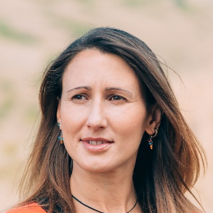
Victoria Herrero-Garcia
Bruce King
Primary Author, “The New Carbon Architecture”
Civil engineer, Director of the Ecological Building Network (EBNet)
We are pleasantly abuzz here at Ecological Building Network (EBNet) about the recently passed low-carbon concrete building code in Marin County, California. Even more so that it seems to be getting widespread attention–and soon, we hope, widespread emulation. Now we’re on to building an online, user-sourced library of low-carbon building knowledge, the BuildWell Source. Originally conceived as a passive repository of all the research around natural and carbon-storing materials, it will soon be much more. For one thing, with the launch of EC3 someone needs to supply EPDs for things like rammed earth, straw bales, bamboo and shipping containers; we intend to raise sufficient funds to develop a suite of “natural” EPDs to feed into EC3 and thus into greater visibility and viability. We will soon also build out a much more useable and robust website than that currently online, develop short informational videos, and provide a forum for conversation, like ECN, for users with like interests. The BuildWell Source will fill a missing need by connecting users with the technical background that is essential for innovation, design, and permitting of the many old and new alternative construction technologies.
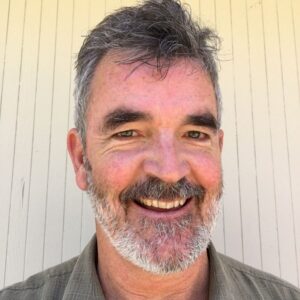
Bruce King




